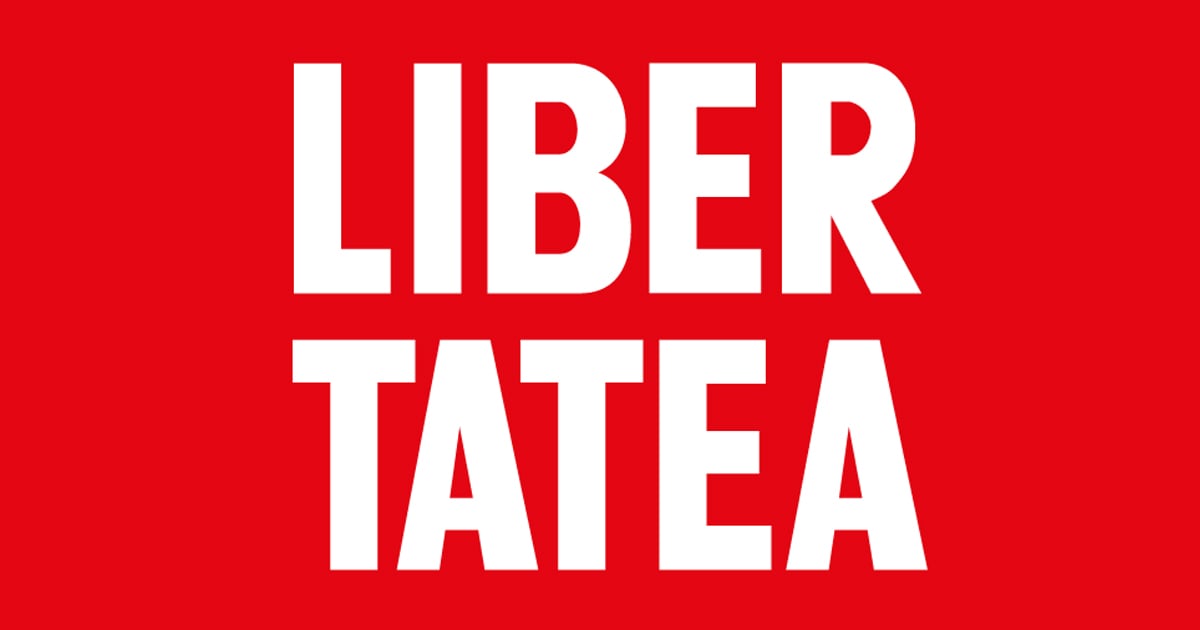More than 40 cattle farmers have decided to slaughter and slaughter several thousand animals before the summer. Dramatic, says Nortura, who fears meat shortages in a few years.
–
– The fact that someone chooses to slaughter the herd is in itself unusual. There are abnormally high levels at this time of year, says Kjell S. Rakkenes, Executive Vice President for Communications, Corporate Social Responsibility and Sustainability at Nortura.
The company is owned by the farmers themselves and produces and delivers meat and eggs.
More than 40 farmers have registered a few thousand animals for slaughter in weeks 25 and 26, Rakkenes states. Some of the farmers call to tell why they are quitting.
– The background is two things: One is the huge increase in costs on the input factors in agriculture. The second is the income gap between farmers and ordinary people, says Rakkenes.
– Many say they can no longer manage, they have family to support and a life to take care of, he continues.
Will ensure food production
The agricultural negotiations start on Wednesday. There, the state, the Norwegian Farmers’ Association and the Norwegian Farmers’ and Smallholders’ Association will negotiate prices and other conditions for food production.
– It is imperative now that we put in place schemes that can contribute to security for food production, says leader Bjørn Gimming in the Norwegian Farmers’ Association.
The settlement takes place at a time when there is greater unrest in the food markets than for a long time. One of the world’s major food producers, Ukraine, has been invaded by another major food exporter, Russia. The war and sanctions against Russia have created fears of global food shortages. Rarely have so many people talked about how important it is for Norway to be able to produce food for its own population. But sky-high prices for electricity, diesel and fertilizer have not made it easy for farmers who already believe they earn far too little from producing food. Some have had enough.
There are both small and large farmers among those who now want to quit. Some are engaged in pure meat production, others with both milk and meat. The vast majority live in the East Norway region, according to Rakkenes.
The Nortura top believes the consequences will be felt.
– If we get such a large slaughter, it will threaten the food supply of beef in the next few years, says Rakkenes, who points out that it takes a minimum of three years to feed a cattle.
He does not want to say exactly how many cows have been reported for slaughter “for competition reasons”, but says it is a dramatic increase from what is usual.
Want the state to take the whole bill
The Norwegian Farmers’ Association believes that farmers must be fully compensated for all the increased expenses they receive due to high prices for energy, fertilizers and other input factors.
The government has already given or promised something. An electricity subsidy scheme is in place and will last until March 2023. Minister of Agriculture Sandra Borch (Sp) has promised an “extra grant” to compensate for the cost growth, which comes on top of the 754 million kroner the farmers received extra this autumn.
– It is not just for the farmer that the farmer’s finances are very important. It is about dealing with the consequences of the war and the increased costs and securing the food producers, Gimming believes.
Fertilizer and grain as usual
The Norwegian Farmers’ Association informs NTB that they receive reports that some farmers use less fertilizer this year than before. This can lead to smaller crops.
NTB has asked Felleskjøpet if they notice this on the sales figures.
– Sales of mineral fertilizers have long been on a par with previous years. In recent weeks, the trend is that demand is declining, says communications consultant Sigbjørn Vedeld. But most farmers who bought fertilizer last year also bought for this year, he says.
– Input factors for 2022 were largely sold in 2021, ie before the large cost increase.
The sale of seeds does not in itself give cause for concern.
– The total sales of seeds, the sum of autumn and spring grains, will be about the same as in a normal year, says Vedeld.
In fact, there is a slight increase in interest in spring wheat after the invasion of Ukraine, according to Vedeld.
The agricultural settlement starts with the Norwegian Farmers’ Association and the Norwegian Farmers’ and Smallholders’ Association delivering their claims to the state on 27 April.
On 4 May, the state will present its offer, and the negotiations must be completed by 16 May.
–

